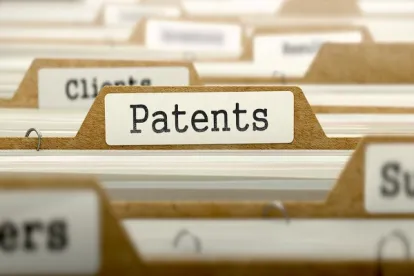It should come as no surprise that the home of the Bundesautobahn has multiple mechanisms to speed up patent prosecution. And since the average pendency of a European application is approximately four years[i], patentees will look to these mechanisms to aid their market entry and expansion strategy.
PACE program
Perhaps the best known acceleration program at the European Patent Office (EPO) is the PACE program. Unlike Track 1 examination in the US, PACE is free of charge and requires only a simple form to be electronically filed. All European patent applications are eligible to participate in the PACE program, and there is no need to give a reason for requesting acceleration or to provide any additional documents. PACE is not available however during opposition or appeal proceedings, which can only be expedited in exceptional circumstances.
Also unlike Track 1 examination, PACE can be requested at any time during the search and/or examination procedures. If requested during the search procedure, the EPO aims to issue a search report within six months of PACE being requested. When PACE is requested during the examination procedure, the EPO aims to issue each office action within three months. Of course, these times are provided by the EPO as guidelines and the actual time will depend on the workload of the examining unit.
Similar to Track 1, applications can lose their PACE status. An application will be removed from the PACE program if an extension of time is requested, or if the application is refused, withdrawn, or deemed to be withdrawn. Once PACE status is lost, it cannot be reinstated through any mechanism, including the filing of a further PACE request or the use of "further processing."[ii]
Patent Prosecution Highway (PPH)
The PPH – a mechanism by which a positive examination result from one patent office can be used to accelerate prosecution in another jurisdiction – is also available at the EPO. The EPO participates in a PPH program with many foreign patent offices including, the US, Canada, China, Israel, Japan, Korea, Mexico, and Singapore, and pilot programs with Australia and Colombia.
To participate in the PPH, the EPO Applicant must:
(1) file a request for participation in the PPH program;
(2) file a declaration of claims correspondence;
(3) submit a copy of either all the office actions for the corresponding application containing the patentable/allowable claims that are the basis for the PPH request and a translation thereof in one of the EPO official languages;
(4) submit a copy of the patentable/allowable claims and a translation thereof in one of the EPO official languages;
(5) submit copies of all the documents other than patent documents cited in the office actions identified in point (3) above.[iii]
While the PPH may be an attractive alternative in some jurisdictions, there is generally no advantage to using the PPH at the EPO because PPH and PACE applications are treated the same. Therefore, there is not enough benefit from use of the PPH to justify the time and expense to satisfy the formality requirements of the PPH program.
Applicant enquiries
In 2016, the EPO implemented a new procedure for responding to Applicant enquiries regarding timing of subsequent actions. According to the new procedure, in response to official enquiries, the EPO will set a period in which they aim to produce a subsequent action. If the EPO does not act during this period, Applicants can file a further enquiry which will result in the next action being issued in one month.[iv]
[i] https://www.epo.org/about-us/annual-reports-statistics/annual-report/2015/statistics/quality-indicators.html
[ii] Article 121 EPC
[iii] https://www.epo.org/law-practice/legal-texts/official-journal/2016/08/a68.html
[iv] https://www.epo.org/law-practice/legal-texts/html/guidelines/e/c.htm




 />i
/>i
